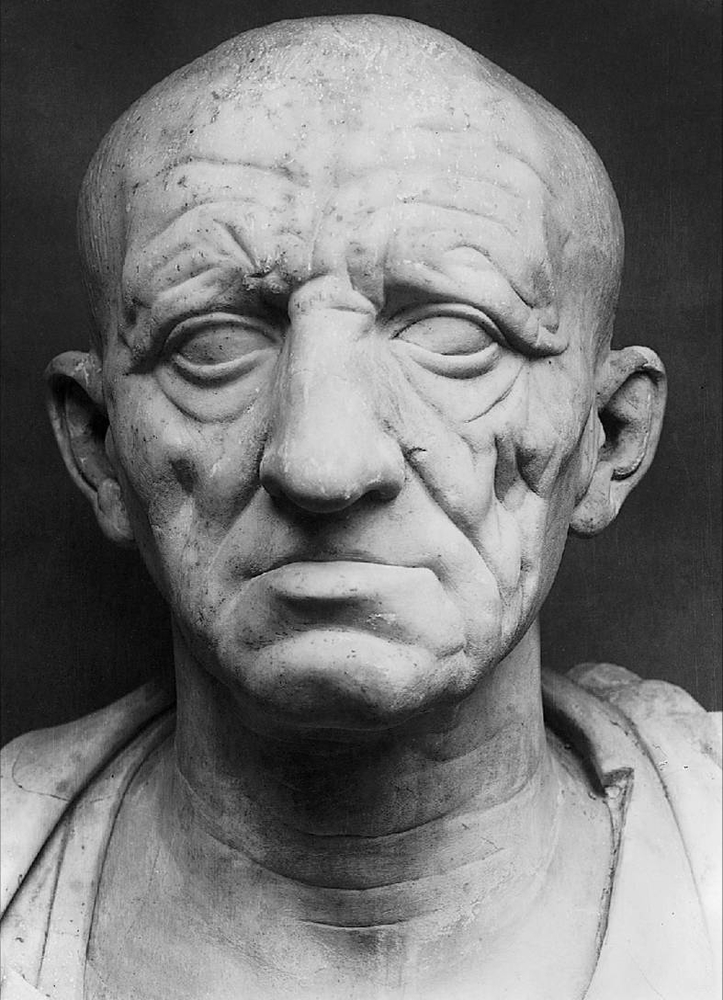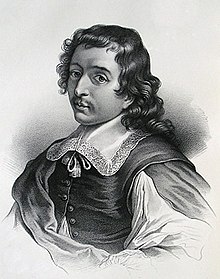More about Eustache Le Sueur
Works by Eustache Le Sueur

Contributor
Eustache Le Sueur was very introverted and died early, which lead to a lot of mythological tellings of his life and passing.
However, we at Sartle are all about the cold hard facts! Fact 1: Le Sueur’s biggest contribution was that he helped found the French Academy of Painting. Fact 2: he has big ol’ eyes and a tiny mouth like a baby.
More facts! His mama was a wood sculptor and she had him train under Simon Vouet, and Le Sueur kicked ass in the studio. He was quickly admitted into the guild of master painters, which in turn helped him form the Academy. He was mostly known for a number of paintings and some decorations in the mansion of Lambert de Thorigny, as well as other mansions, which makes him both an amazing artist and a killer interior designer. If he was still alive today he’d be doing all of the Kardashian houses. Le Sueur’s work is said to be easily lent to engraving, as he did a fantastic job of shading and creating dimension. So in addition to being a painter and an interior designer, he also made stencils for carvers. Talk about a triple threat.

Contributor
Born November 19, 1617 - Died April 30, 1655
Born in Paris, lived in Paris, died in Paris, never set foot outside Paris. You could say he was a Parisian.
Disliked "immoral excesses" and loved "order simplicity and seclusion".
Died young (at 37), supposedly from a broken heart after the death of his wife.
Featured Content
Here is what Wikipedia says about Eustache Le Sueur


Eustache Le Sueur or Lesueur (19 November 1617 – 30 April 1655) was a French artist and one of the founders of the French Academy of Painting. He is known primarily for his paintings of religious subjects. He was a leading exponent of the neoclassical style of Parisian Atticism.
Training and career
He was born in Paris, where he spent his entire life. His father, Cathelin Le Sueur, a turner and sculptor in wood, placed him with Vouet, in whose studio he rapidly distinguished himself.
Admitted at an early age into the guild of master-painters, he left them to take part in establishing the French Royal Academy of Painting and Sculpture in 1648 and was elected as one of the original twelve elders in charge of its administration.

Some paintings, illustrative of the Hypnerotomachia Poliphili, which were reproduced in tapestry, brought him notice, and his reputation was further enhanced by a series of decorations (Louvre) in the mansion of Lambert de Thorigny, which he left uncompleted, for their execution was frequently interrupted by other commissions. Amongst these were several pictures for the apartments of the king and queen in the Louvre, which are now missing, although they were entered in Bailly's inventory (1710); but several works produced for minor patrons have come down to us.
In the gallery of the Louvre are the Angel and Hagar, from the mansion of De Tonnay Charente; Tobias and Tobit, from the Fieubet collection; several pictures executed for the church of Saint Gervais; the Martyrdom of St Lawrence, from Saint Germain de l'Auxerrois; two very fine works from the destroyed abbey of Marmoutiers; St Paul preaching at Ephesus, one of Le Sueur's most complete and thorough performances, painted for the goldsmiths corporation in 1649; and his famous series of the Life of St Bruno, executed in the cloister of the Chartreux. These last have more personal character than anything else Le Sueur produced, and much of their original beauty survives in spite of injuries and restorations and removal from the wall to canvas. Le Sueur was a prolific draftsman and many of his chalk drawings are in the Louvre's Cabinet des Dessins.
His pupils, who aided him much in his work, were his wife's brother, Theodore Goussé, and three brothers of his own, as well as Claude Lefèbvre and Pierre Patel the landscape painter. Most of his works have been engraved, chiefly by Picart, B. Audran, Leclerc, Drevet, Chauveau, Poilly and Desplaces.
Check out the full Wikipedia article about Eustache Le Sueur














